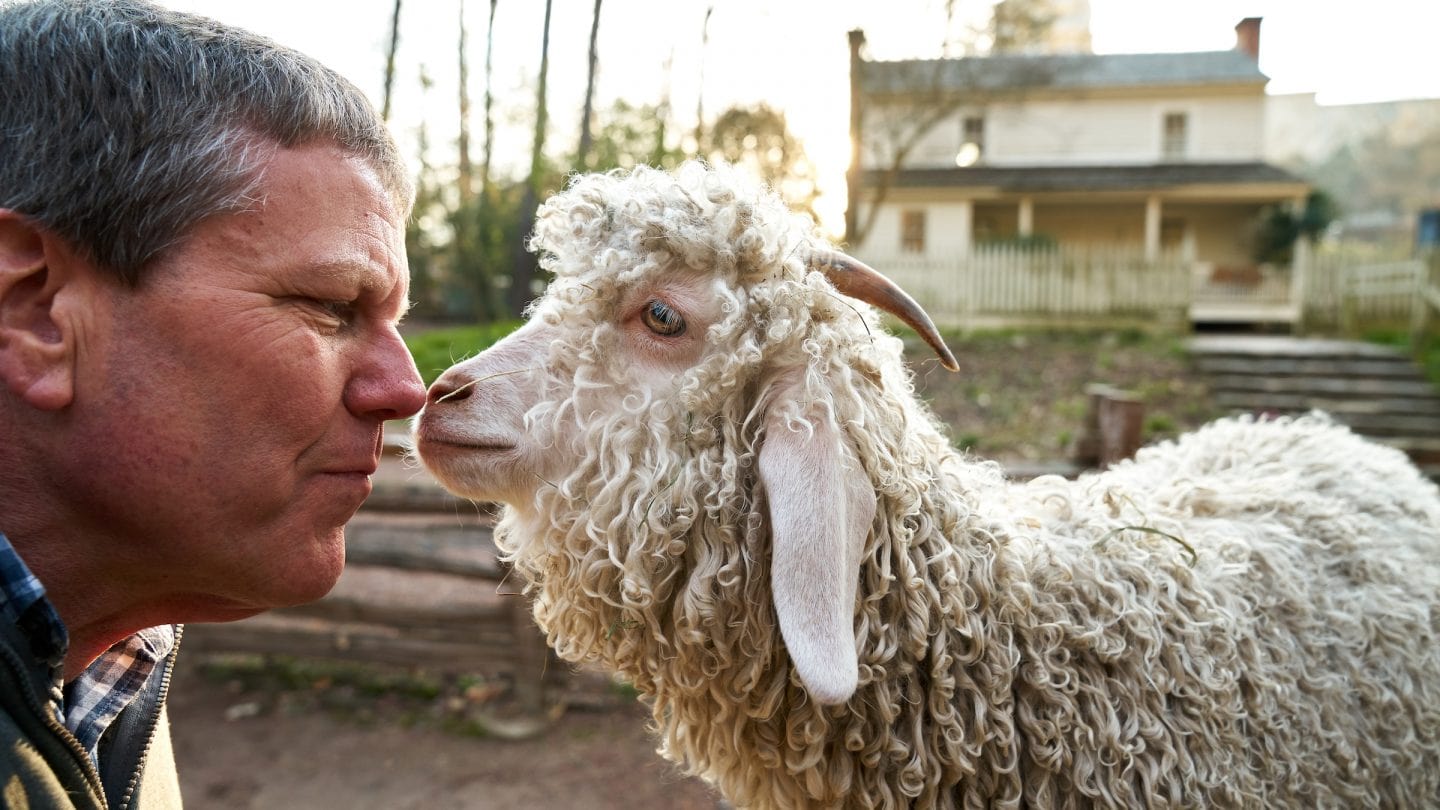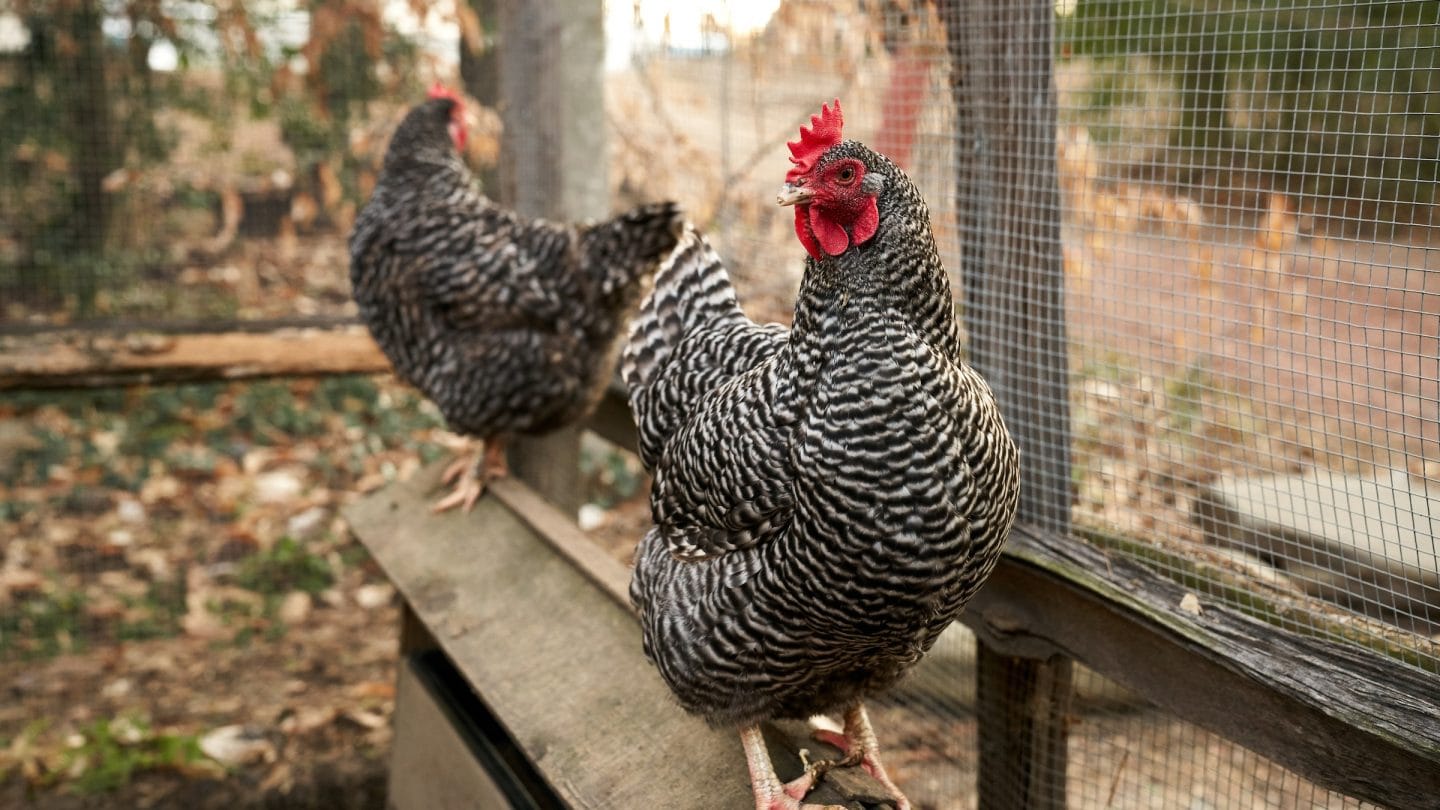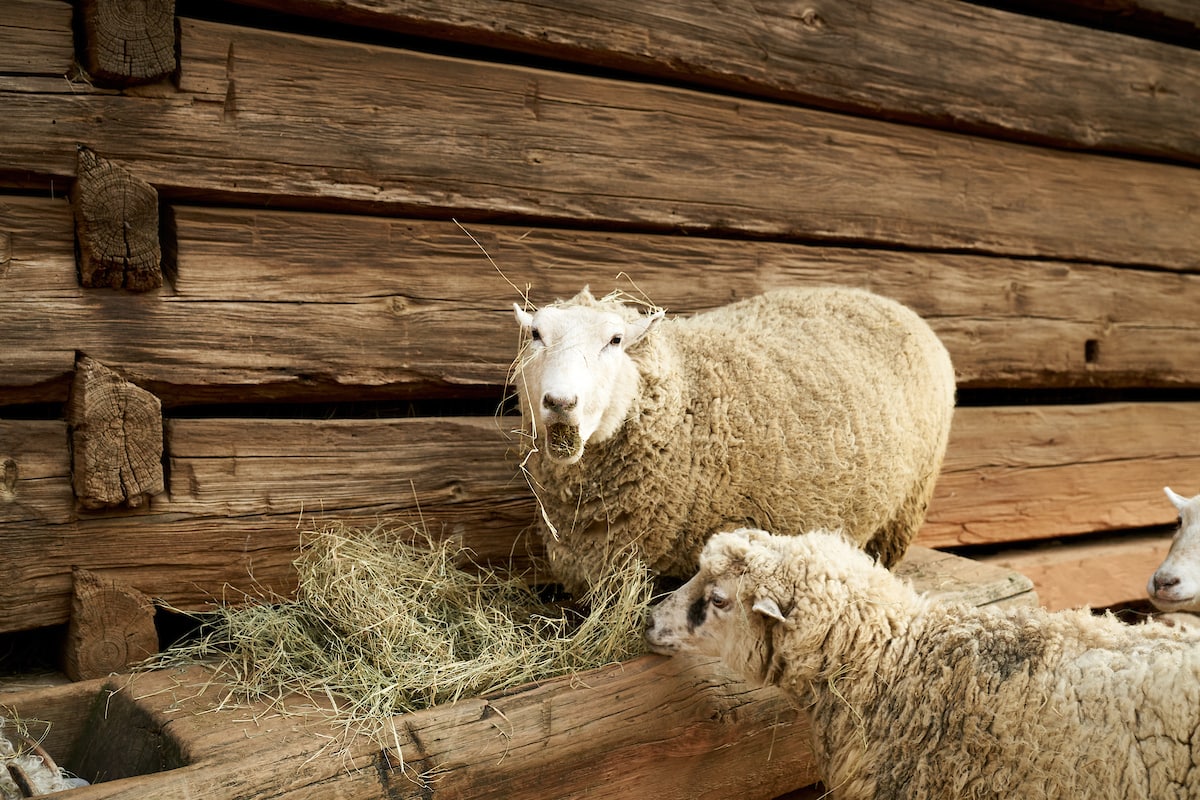
Brett Bannor, Manager of Animal Collections at Atlanta History Center
A museum has a lot of moving parts—and some of those moving parts have four legs. Today we sit down with our Manager of Animal Collections and resident ray of sunshine, Brett Bannor, to learn more about him and his role at Atlanta History Center. Tending to all of our Gulf Coast sheep, Angora goats, turkeys, chickens, and bees, Brett ensures that Smith Farm remains an active farmstead. His work offers us a glimpse at the living parts of history we don’t normally think of.
Q: How exactly do you become a Manager of Animal Collections at a history museum?
A: That story starts with Sheffield Hale, Atlanta History Center’s President and CEO. When he began his tenure here, he was not pleased that the barn and barnyard at Smith Farm had no animals. They were emptier than a Chick-fil-A parking lot on Sunday afternoon. Sheffield wished for livestock and poultry on the farm, but the challenge was that there was no staff position for someone to handle animal care. So he created one, and here I am!
My background is in zoology, and I worked at zoos before coming to Atlanta History Center. But I’m also interested in history. That helps me in this crazy job where it’s useful both to know how to take care of sheep and to know about the past.

Q: What does a morning routine look like out at Smith Farm?
A: Usually the first thing I do is to look in on the chickens and turkeys inside the coop where they spend the night. I place food and water for them in the outdoor pen, open the coop doors, and let the birds out for the day. After they’re out of the coop, I’ll check for eggs and gather any that have been laid.
When I first walk into the barn, I turn on the lights and then spend a few minutes petting each of the sheep and goats. I tell them that they are good little ovines and caprines and they are blessed to live in a country where every livestock can rise to the level of its own ambitions. Then I give them their morning feed pellets.
Next I clean the barnyard by using a leaf blower to blow all of their droppings from the previous day into a corner where I can easily sweep them up. Then I put hay, alfalfa, wheat straw, a mineral supplement, and pails of water out in the yard. After all this, it’s time to let the sheep and goats outside for the day. Later on, I’ll go back and clean the stalls inside the barn.

Q: We see the sheep going for walks. Is there a benefit or do they just love a good stroll?
A: Well, it certainly has a benefit for Atlanta History Center guests! Every time I walk a sheep, someone will say, “This made my day!” It is a great opportunity for me to remind guests that we have so much to offer throughout our 33 acres, including these sweet animals at Smith Farm and gorgeous Goizueta Gardens.
Walking these animals is a lot of fun, and a great memory for those who get to experience it, but it is also a natural outgrowth of some of our normal husbandry practices. For example, getting our sheep and goats used to having a halter put around their heads and then being led was essential for scale training. I weigh each of them once a month, and this requires that they cooperate by standing still on the scale while I read the monitor. This isn’t a natural behavior, so they had to be painstakingly trained step by step. When a sheep or goat allows me to slide the halter over its face, it gets a peanut as a reward. Standing still on the scale is such a breakthrough that when they do this they get a bunch of peanuts! It is positive reinforcement all the way; there is a reward for doing a task in the sequence correctly, but of course no negative stimulus if they do not perform the task in the proper fashion.
And now, all five of our sheep and both of our Angora goats are so used to the monthly weigh in—and so delighted to get peanuts—that I no longer need to use the halter. All I have to do is let each animal out of its stall one at a time and they will come running to stand still on the scale!
Q: All our animals are “heritage breeds.” What exactly does that mean and why is it important?
A: Generally, a variety of domestic livestock or poultry is considered a heritage breed if it was established prior to the twentieth century era of industrial agriculture. Often modern breeds are developed for just one purpose—a type of chicken bred for egg laying and a different type for meat. Usually in heritage breeds individuals have greater diversity in genetics and appearance than modern breeds, plus a number of the older varieties are multi-purpose, such as chickens being used for both eggs and meat.
Atlanta History Center’s interest in historical accuracy mandates that we display heritage breeds. If at Smith Farm we had varieties of livestock or poultry that were not developed until the twentieth century when the farm was still in use, it would be like showing Civil War soldiers in the cyclorama painting taking smart phone selfies. In other words, we want our animals to be as historically accurate as possible.
Q: What’s your favorite part of the job?
A: I get to take care of sheep, that animal that has long been used to symbolize peace, in a city whose most famous citizen was a man who preached peace and nonviolence. So on a day when I’m concerned about the state of mankind, that’s something I can think about to give me hope and comfort.